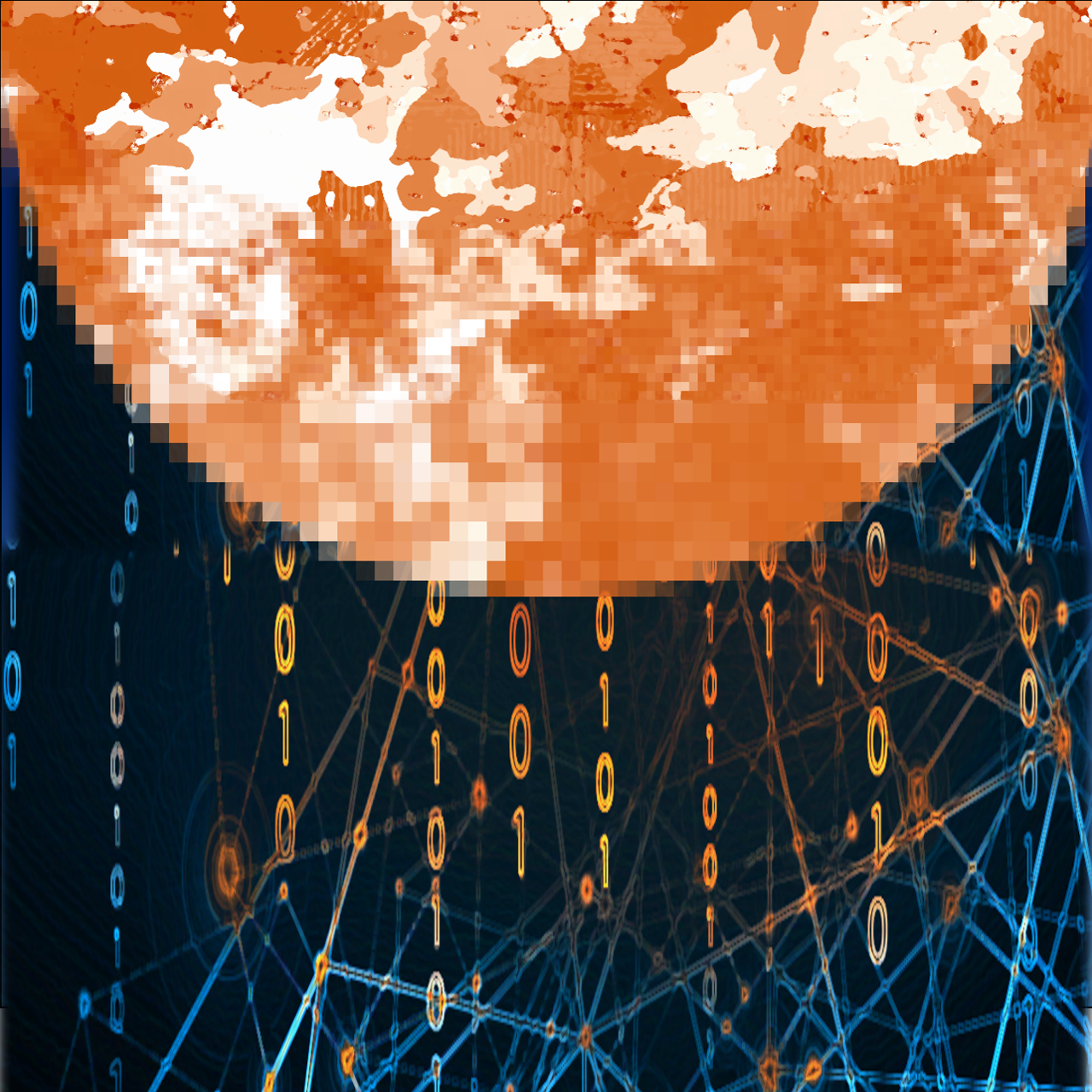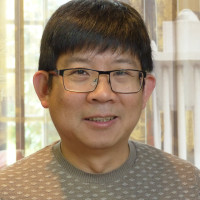GLobAl Digital SOIL MAP (GLADSOILMAP)
Coordinator of the consortium: Dr Dominique Arrouays, Infosol Unit, Centre INRAE Val de Loire - FR
Summary of the consortium
Soils have critical relevance to global issues, such as food and water security, climate regulation, sustainable energy, desertification and biodiversity protection. All these examples require accurate national soil property information and we provide scientific support to develop reliable baseline soil information and pathways for measuring and monitoring soils. Soil sustainable management is a global issue, but effective actions require high-resolution data about soil properties. Digital Soil Mapping (DSM) is used by the scientific community to generate high-resolution maps of soil properties over large areas. Two projects, GlobalSoilMap and SoilGrids, aim at delivering the first generation of high-resolution soil property grids for the globe, the first one by a bottom-up approach (from country to globe), the latter by top-down (global). The GLobAl Digital SOIL MAP (GLADSOILMAP) consortium brings together world scientific leaders involved in both projects. The consortium aims at developing and transferring methods to improve the prediction accuracy of soil properties and their associated uncertainty, by using legacy soil data and ancillary spatial information. This approach is novel because it brings together new technologies and methods, existing soil databases and expert knowledge. The consortium is also federative as it aims at transferring methods to achieve convergence between top-down and bottom-up approaches, and to generate methods for delivering maps of soil properties. These maps are essential for communities from climate and environmental modeling to decision making and sustainable resources management at a scale that is relevant to soil management. From a global policy point of view, the consortium will bring a major contribution to the implementation of the priorities of the United Nations’ Global Soil Partnership, Pillar 4. The consortium will ensure links with the numerous actors in geosciences of the Region and the world, and will contribute to improving their skills in digital mapping and their national and international legibility.







